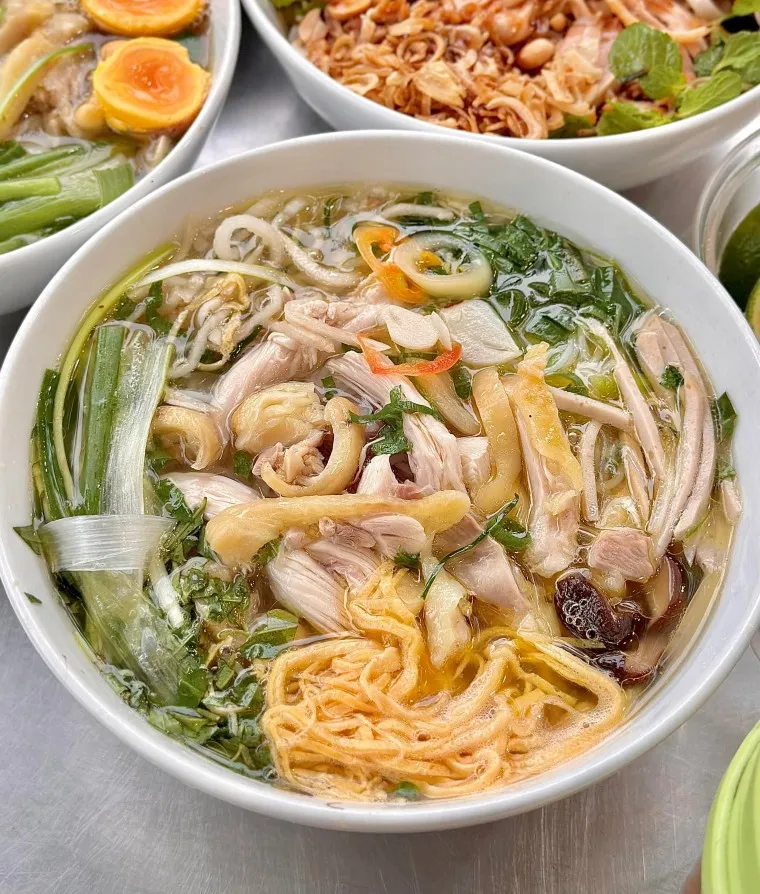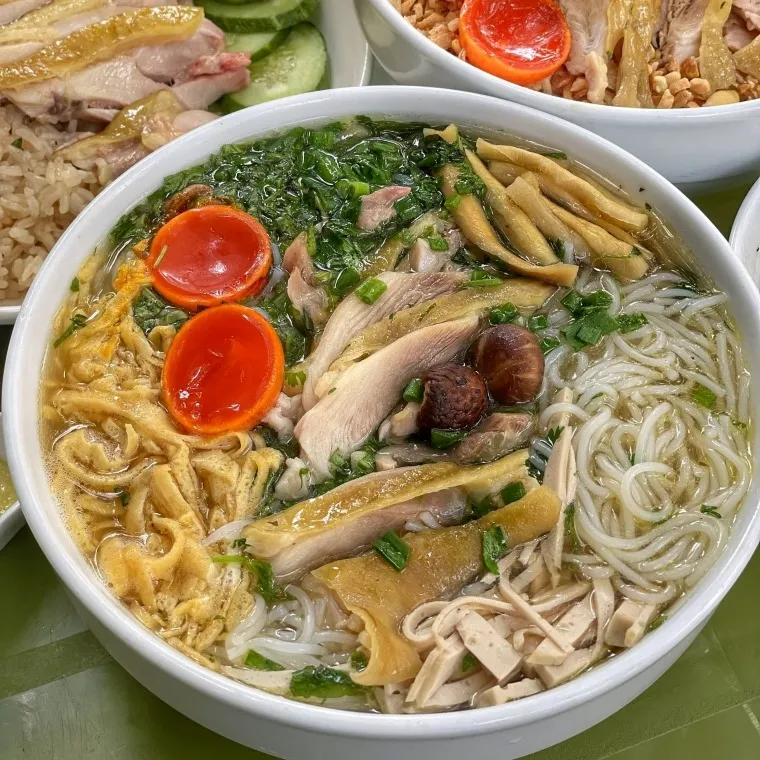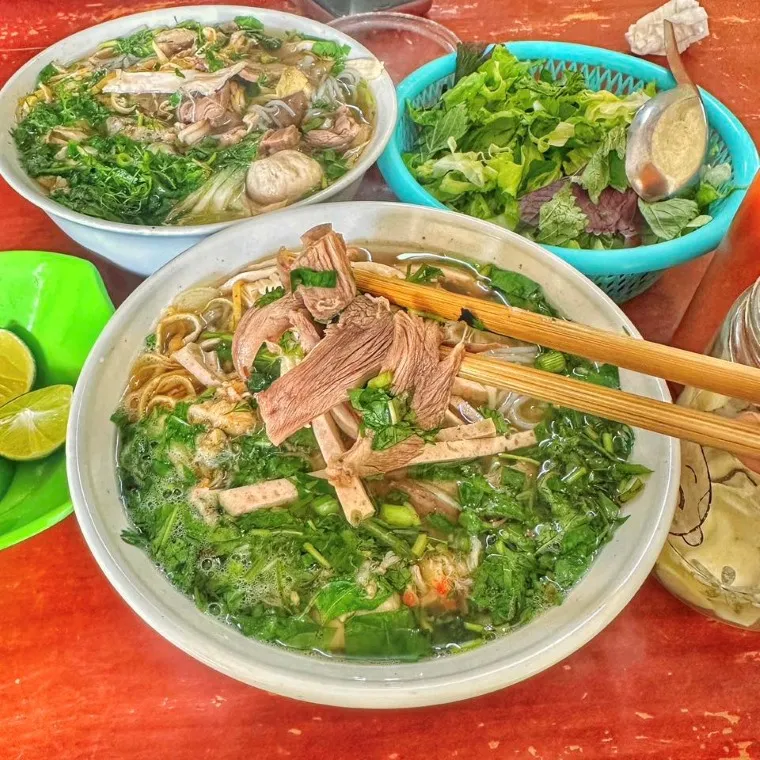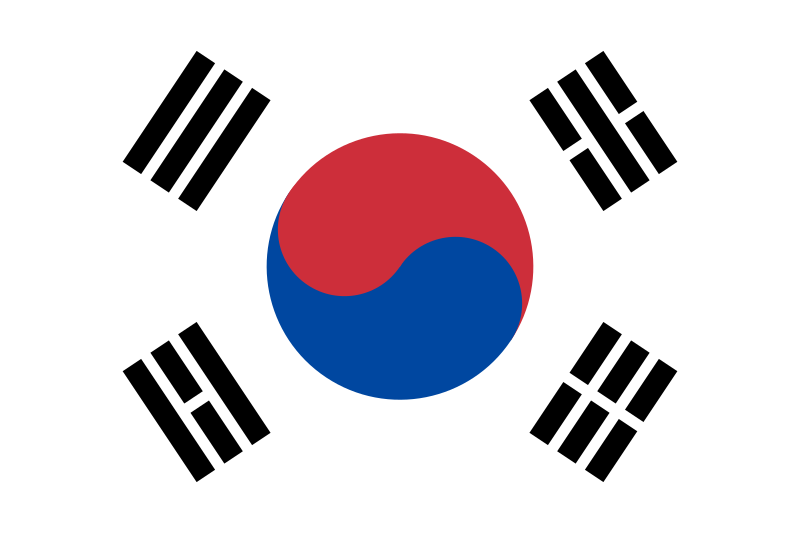Bun Thang Hanoi: The Quintessence of Northern Vietnamese Cuisine in a Bowl
In the vast tapestry of Vietnamese cuisine, few dishes capture the soul of Hanoi's culinary heritage as eloquently as Bun Thang. This exquisite noodle soup isn't just a meal—it's a symphony of flavors, a work of art, and a cultural journey that tells the story of Vietnam's thousand-year-old capital. With its delicate broth, meticulous preparation, and harmonious blend of nearly 20 different ingredients, Bun Thang stands as a testament to the sophistication and refined taste of Hanoian cuisine.
The Enchanting Story Behind Bun Thang
Ancient Origins and Royal Connections
The roots of Bun Thang stretch back through centuries of Vietnamese culinary history, with some accounts suggesting its presence in royal banquets of ancient Thang Long (the former name of Hanoi). The dish evolved from "canh thuong thang," an elaborate soup prepared by affluent families in old Hanoi, indicating that Bun Thang was never an ordinary street food but rather a sophisticated culinary creation from its very beginning.
The Tet Connection: Resourcefulness or Ritual?
One of the most beloved stories about Bun Thang links it to the Vietnamese Lunar New Year (Tet) celebrations. According to popular lore, after several days of feasting on rich holiday foods like banh chung (sticky rice cakes) and various meat dishes, Hanoi's resourceful women would create a lighter, refreshing meal using leftover ingredients.
They would combine the remaining chicken, cha lua (Vietnamese ham), eggs, and broth into a new creation that was both delicious and economical, embodying the Hanoian values of frugality and household management. Bun Thang thus became a traditional dish for balancing one's palate after the heavy foods of Tet.
However, some culinary experts challenge this "leftover" narrative. They point out that the meticulous preparation required for authentic Bun Thang—including specialized ingredients like dried shrimp, sa sung (sea worm), ca cuong beetle essence, and dried radish that must be prepared months in advance—suggests a purposeful dish rather than a spontaneous creation from leftovers.
Whether created from leftovers or specially prepared, Bun Thang's connection to Tet remains strong. The ingredients carry symbolic meanings: radish represents wealth, eggs symbolize fertility, and mushrooms represent a warm, sheltered home. Serving Bun Thang during Tet is not just about changing flavors but also about expressing hopes and wishes for the coming year.

Bún Thang is a delicate Hanoi noodle soup that showcases the elegance of northern Vietnamese cuisine. - Facebook Sơ Hở Là Ăn - Hà Nội
Bun Thang's Unique Place in Vietnamese Cuisine
Among Vietnam's countless famous noodle soups, Bun Thang carves out a unique identity through several distinctive characteristics:
Ingredient Complexity: With nearly 20 different components ranging from poultry and pork to seafood, vegetables, fungi, and even insects (traditionally ca cuong), Bun Thang represents a level of complexity few other noodle dishes can match.
Elaborate Preparation: The meticulous attention required for each step, from simmering the crystal-clear broth to precisely cutting each ingredient into uniform, delicate pieces, demands time and skill beyond what most everyday noodle dishes require.
Pure Broth: While pho focuses on the deep richness of beef/chicken bones with distinctive spices, and bun rieu celebrates the tanginess of tomatoes and the sweet richness of crab roe, Bun Thang pursues absolute purity and clarity in its chicken and dried shrimp broth.
Ca Cuong Signature: The traditional use of ca cuong beetle essence provided a unique aromatic fingerprint not found in other popular noodle soups.
Visual Artistry: The presentation as a multicolored arrangement, carefully designed to please the eye, represents an investment in aesthetics that distinguishes it from many everyday noodle dishes.
Cultural Context: Bun Thang is intrinsically linked to the elegant, refined image of Hanoians, with special occasions like Tet celebrations and family gatherings, carrying deeper cultural significance than many daily noodle soups.
Compared to the focused, singular approach of dishes like pho or bun rieu, Bun Thang could be considered a representative of culinary "maximalism" in terms of components and elaboration. While Pho Thin creates depth through long-simmered bones and signature spices, and bun rieu derives character from crab and tomatoes, Bun Thang achieves distinction through the harmonious combination of many individually prepared elements, meticulously arranged and beautifully presented. It doesn't rely on a single dominant flavor but rather on the delicate balance of an entire complex ensemble.

A bowl of Bún Thang is a harmony of colors and flavors, featuring shredded chicken, eggs, and Vietnamese ham. - Facebook Sơ Hở Là Ăn - Hà Nội
Where to Find Authentic Bun Thang in Hanoi
Many culinary enthusiasts and nostalgic Hanoians lament that finding a truly authentic bowl of Bun Thang with the complete traditional experience—especially one featuring the elusive ca cuong beetle essence—has become increasingly challenging. Urban development, faster-paced lifestyles, and the scarcity of certain traditional ingredients have led many establishments to simplify their recipes or alter preparation methods.
Nevertheless, Hanoi still harbors dedicated venues where food lovers can discover bowls of Bun Thang that honor the dish's rich heritage. Here are some highly-regarded establishments:
Bun Thang Ba Duc (48 Cau Go, Hoan Kiem)
Renowned for its overnight-simmered broth that's skimmed of fat and remarkably clear and sweet. Ingredients are meticulously sliced into fine threads, and the establishment maintains traditional flavors while consistently attracting crowds.
Bun Thang Hang Hanh (29 Hang Hanh, Hoan Kiem)
Located near Hoan Kiem Lake, this venue offers traditional flavors with fresh ingredients and beautiful presentation. The broth is elegant, rich with dried shrimp and shiitake mushroom flavors, and reasonably priced.
Bun Thang Hang Hom (11 Hang Hom or 2 Ngo Hang Chi, Hoan Kiem)
Situated in the Old Quarter, offering affordable, generous bowls with a complete flavor profile. The broth is gently sweet and rich, and the establishment maintains cleanliness and order.

This refined dish is often described as Hanoi’s ‘symphony in a bowl’ for its balance and subtlety. - Facebook Cừu Bé
Bun Thang Ha Hoi (11 Ha Hoi, Hoan Kiem)
Nestled in a quiet alley, featuring clear broth fragrant with chicken and hints of dried shrimp. The ambiance evokes old Hanoi, and it's frequently bustling with customers.
Bun Thang Giang Vo (D2 Giang Vo or 144 D2, Ba Dinh)
Famous among connoisseurs for its crystal-clear, naturally sweet broth, fine noodles, tender flavorful chicken, and attractive presentation.
Bun Thang Lan Ong (16 Lan Ong, Hoan Kiem)
Adheres to traditional recipes with clear, mildly sweet broth in a spacious, clean environment. The proprietors are known for their friendliness.
Mot Buoi Sang (86 Hai Ba Trung, Hoan Kiem)
A newer establishment with spacious, elegant surroundings and high-quality, fresh ingredients. Also serves various other dishes.
Bun Thang Quan Cu (31 Duong Thanh, Hoan Kiem)
Distinguished by serving salted egg alongside the soup. Features crisp pickled radish and also offers pho ga (chicken pho) and xoi ga (sticky rice with chicken).
Bun Thang Tu Lun (22 Hang Trong, Hoan Kiem)
A long-established venue serving generous, colorful bowls with sweet, clear broth fragrant with tom he (dried shrimp). Despite its small space, it consistently attracts crowds.
Bun Thang Ngoc Tuyen (58 Dao Tan, Ba Dinh)
Known for careful preparation from ingredient selection through cooking. Combines over 20 components to create eye-catching, flavorful bowls.
Most of these establishments operate from early morning until lunch (around 6:00 AM to 1:30 PM), with some reopening for dinner service. Prices typically range from 30,000 to 70,000 VND (approximately $1.20 to $2.80 USD) for a bowl, making this culinary masterpiece surprisingly affordable for international visitors.
Experiencing Bun Thang: Tips for Travelers
Best Time to Try
Traditionally associated with Tet (Lunar New Year), Bun Thang can now be enjoyed year-round in Hanoi. However, if you want to experience it in its cultural context, visiting during or just after Tet celebrations (usually falling in January or February) would provide the most authentic experience.
Morning is the ideal time to enjoy Bun Thang, as many traditional establishments only serve it for breakfast and lunch. The freshest ingredients and most carefully prepared broths are typically available between 7:00 AM and 10:00 AM.
How to Enjoy Like a Local
-
Take Your Time: Unlike some street foods meant for quick consumption, Bun Thang deserves to be savored slowly. Appreciate the clear broth first before mixing in accompaniments.
-
Shrimp Paste Protocol: If mam tom (shrimp paste) is served alongside, add just a small amount and mix well. This potent ingredient should complement, not overpower, the delicate flavors of the soup.
-
Temperature Matters: Enjoy the soup while it's hot to fully appreciate the harmonious aromas and flavors. Unlike with other noodle soups, locals typically don't add large amounts of herbs or raw vegetables that would cool the broth.
-
Observe the Artistry: Before diving in, take a moment to appreciate the meticulous arrangement of ingredients on top of the noodles—a hallmark of a properly prepared bowl of Bun Thang.
-
Pair Appropriately: Locals often enjoy Bun Thang on its own rather than with additional side dishes, allowing its complex flavors to take center stage.
-
A Sweet Ending: No trip to Hanoi is complete without a visit to the famous Trang Tien ice cream shop. Just a short walk from Hoan Kiem Lake, it’s the perfect place to end your Bun Thang experience with a refreshing, sweet treat.
What to Look For in Authentic Bun Thang
-
Crystal-Clear Broth: The hallmark of quality Bun Thang is a transparent, light-colored broth with a natural sweetness.
-
Fine, Precise Cutting: All ingredients should be cut into thin, even strips of similar size.
-
Harmonious Arrangement: The various components should be thoughtfully arranged rather than simply piled on top.
-
Balanced Flavors: No single ingredient should dominate—the magic is in the harmony.
-
Multi-Textural Experience: From the silky noodles to the tender chicken, chewy cha lua, and crisp pickled radish, a diverse texture profile is essential.

Bún Thang brings together simplicity and sophistication in every spoonful. - Facebook Minh Ngọc Đặng Thị
See more: As you explore Hanoi's culinary landscape, consider taking a peaceful moment by a River in Hanoi, reflecting on the city's enduring charm before seeking out this iconic dish.
Conclusion
Bun Thang isn't just a dish; it's a culinary heritage, a symbol of the refinement and cultural depth of Hanoi. It demands patience from its makers and appreciation from those who enjoy it. From its long history and intimate connection with Tet traditions to its elaborate preparation process, elegant flavor profile, and beautiful presentation, Bun Thang embodies a rich culinary philosophy that values harmony, subtlety, and balance.
Although the passing of time may have slightly dimmed some aspects of its traditional flavor—particularly with the near-disappearance of ca cuong beetle essence—Bun Thang maintains a special place in the hearts of food enthusiasts. When visiting Hanoi, don't miss the opportunity to seek out a small restaurant tucked away in the Old Quarter and slowly savor a steaming bowl of Bun Thang. It's not just a way to satisfy your hunger but a means to connect more deeply with the soul and character of Vietnam's thousand-year-old capital.
This floral bouquet of flavors, meticulously crafted and lovingly preserved, truly represents one of Vietnam's most exquisite culinary treasures—one that deserves to be cherished and protected for generations to come.
With a well-planned itinerary, budget-friendly options, and an open mind to meeting new people, your solo journey will be both fulfilling and exciting. Let Joytime be your trusted companion, providing essential travel gear to ensure comfort, safety, and convenience throughout your trip. An incredible solo adventure awaits—pack your bags and explore Hanoi with confidence!
|
Joytime Travel Agency - Travel JOY, TIMEless Vietnam Follow us for travel tips, local insights, and exclusive offers:
|

Danish Nguyen
Danish Nguyen is a renowned travel blogger in Vietnam with over 5 years of experience sharing unique travel experiences. With a passion for exploring new places, Danish captures incredible moments and provides readers with valuable tips to discover the beauty of his homeland.








.webp)
.webp)








